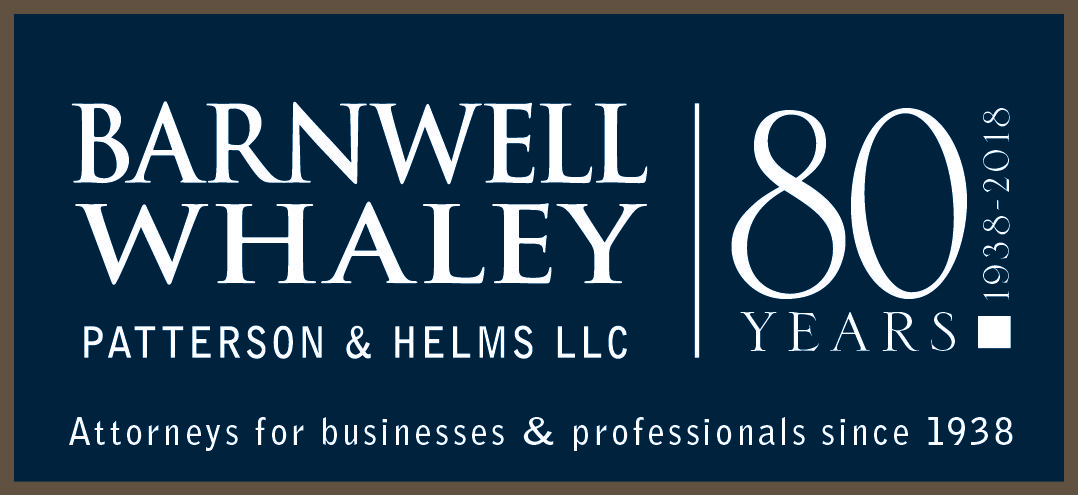
SAP America, Inc., Plaintiff-Appellee v. InvestPic, LLC, Defendant-Appellant
2017-2081
Decided: May 15, 2018
Plaintiff/Appellee SAP America, Inc. (“SAP”) sought a declaratory judgment that the claims of Defendant/Appellant InvestPic, LLC’s (“InvestPic”) U.S. Patent No. 6,349,291 (the “Patent”) are invalid because, inter alia, their subject matter was not eligible for patent protection under 35 U.S.C. § 101. The Patent describes and claims systems and methods for performing certain statistical analyses of investment information. The trial judge granted SAP’s motion for judgment on the pleadings and held all claims of the Patent were invalid. Because mathematical formulas are not proper patent subject matter, the trial court granted SAP’s motion for judgment on the pleadings as to all claims of the Patent. The Federal Circuit affirmed.
The court began by noting the principle that, no matter how novel, innovative or brilliant it might be, ineligible subject matter can never receive patent protection. InvestPic’s Patent claimed “nothing but a series of mathematical calculations” and the presentation of the results thereof. As a result, the claims of the Patent involved abstract ideas that cannot be patented.
no matter how novel, innovative or brilliant it might be, ineligible subject matter can never receive patent protection
InvestPic argued that prior “conventional” financial information websites could only perform non-useful, rudimentary functions. These functions are not useful to investors, InvestPic urged, because they relied upon certain assumptions — primarily that the probability distribution function followed a normal distribution — that it believed were untrue. To rectify the inaccuracies created by those assumptions, InvestPic’s patent proposes a function that uses resampled statistical methods for the analysis of financial data that does not use such assumptions. The claims of the Patent involve techniques for analyzing or presenting financial data.
Patentability under 35 U.S.C. § 101 is normally a question of law, which can be resolved on the pleadings in appropriate cases. Under that section, “[l]aws of nature, natural phenomena, and abstract ideas are not patentable.” A claim will fall outside Section 101 where two conditions are met: (1) it is “directed to” a patent-ineligible concept; and (2) the particular elements of the claim, considered “both individually and ‘as an ordered combination,’” do not add enough to “‘transform the nature of the claim’ into a patent-eligible application.” See Alice Corp. Pty. Ltd. v. CLS Bank Int’l, 134 S. Ct. 2347, 2355 (2014). The first element looks at the character of the claims as a whole, while the second looks more specifically at whether the claim elements add an “inventive concept.”
As to the first Alice element, the Federal Circuit held that the claims overall focused on abstract ideas, i.e., selecting and analyzing selected data and displaying the results. As the court observed, “analyzing information . . . by mathematical algorithms, without more.” See Electric Power Grp., LLC v. Alstom S.A., 830 F.3d 1350, 1354 (Fed. Cir. 2016).
The Federal Circuit distinguished McRO, Inc. v. Bandai Namco Games America Inc., 837 F.3d 1299 (Fed. Cir. 2016), which involved the creation of something physical, i.e., the display of facial expressions of animated characters. The claimed advancement was tangibly expressed in improved image quality. Likewise, Thales Visionix Inc. v. United States, 850 F.3d 1343 (Fed. Cir. 2017), involved a change to physical tracking system that happened to be achieved through mathematics. “Here, in contrast, the focus of the claims is not a physical-realm improvement but an improvement in wholly abstract ideas — the selection and mathematical analysis of information, followed by reporting or display of the results.”
The court also distinguished several cases finding that improvements directed to ways computers and networks carry out their functions are patentable. The court noted that the important factor was that “the focus of the claims is not any improved computer or network, but the improved mathematical analysis.”
“the focus of the claims is not any improved computer or network, but the improved mathematical analysis.”
Because the Patent involved abstract ideas, the court moved to the second Alice factor: the existence of an “inventive concept.” The court concluded that all of the claims were either entirely abstract or did not have any “inventive” element. Although limited to investment information, the claims of the Patent “add nothing outside the abstract realm.” Some of the claims did require specific databases or processors, but they required “no improved computer resources InvestPic claims to have invented, just already available computers, with their already available basic functions.” Invoking existing computers and systems did not involve the sort of “inventive concept” required for patentability under Alice. If any protection exists for such innovation, it might be found in the law of trade secrets.
Read more: Federal Bar member attorneys may access the full case summary by Barnwell Whaley attorney John Fletcher in the June issue of Federal Circuit Case Digest.
Additionally, you may read the full opinion here.
Image: Google patents – note not all of the patent drawings are included in this illustration.
 John Fletcher is Special Counsel with Barnwell Whaley law firm in the firm’s Charleston, SC office. An accomplished litigator and certified mediator, John Fletcher has worked on some of Barnwell Whaley’s most complex and challenging cases, in such varied areas of the law as antitrust, intellectual property and professional malpractice.
John Fletcher is Special Counsel with Barnwell Whaley law firm in the firm’s Charleston, SC office. An accomplished litigator and certified mediator, John Fletcher has worked on some of Barnwell Whaley’s most complex and challenging cases, in such varied areas of the law as antitrust, intellectual property and professional malpractice.




